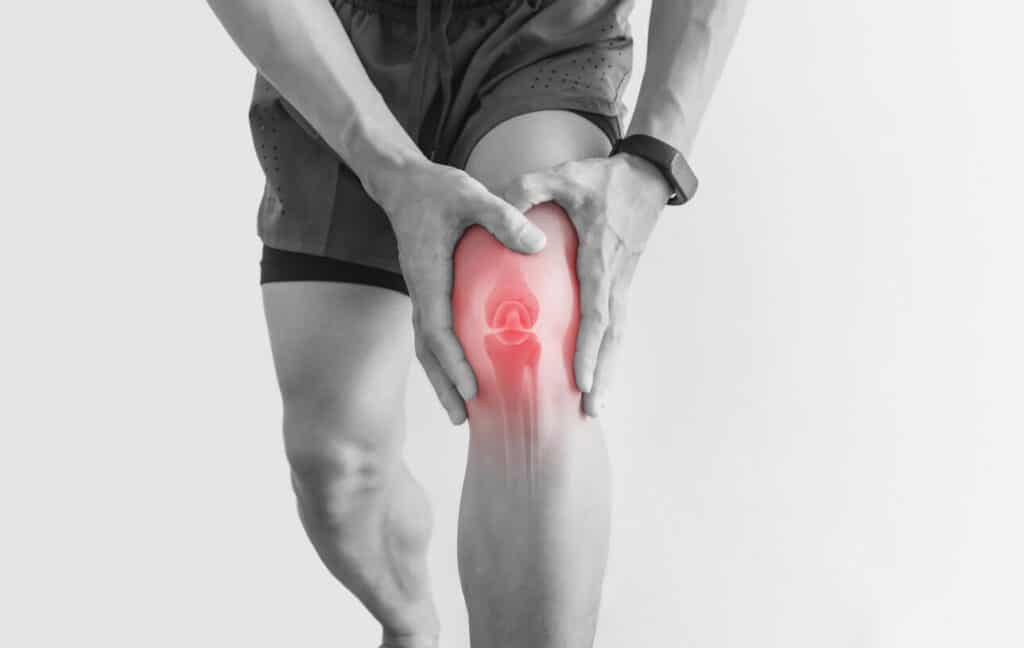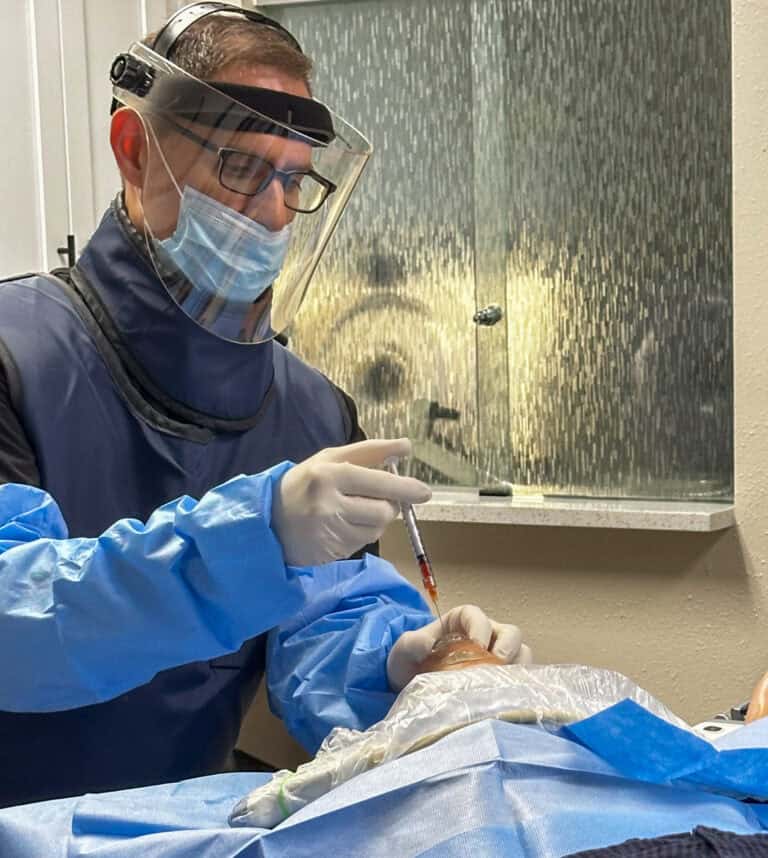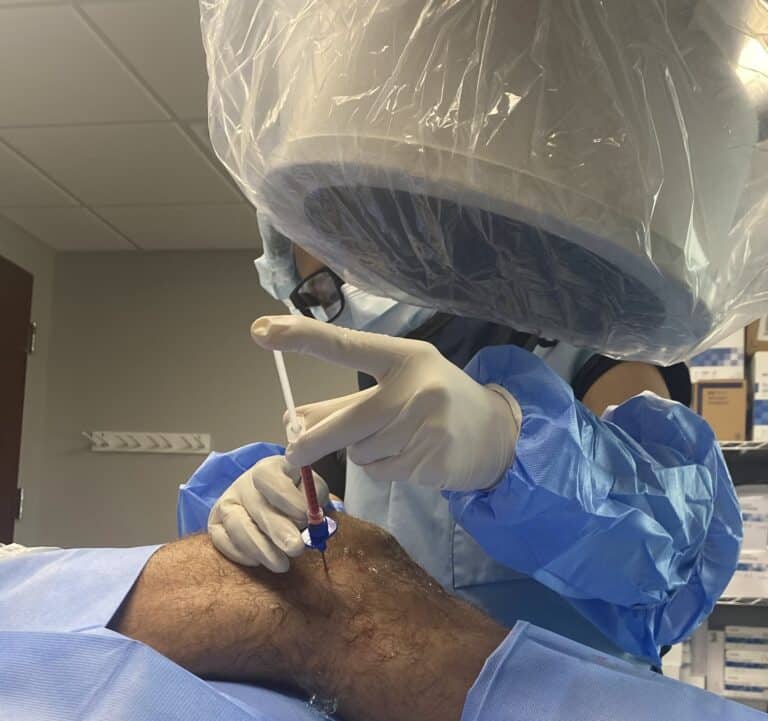In research, the gold standard is an RCT, or a randomized controlled trial. The RCT is designed to compare the therapy of interest to a control, or alternative therapy. There are strict guidelines in how these are carried out to ensure the information gathered is a valuable addition to scientific discourse.
However, even within the world of RCTs, it is important to read the details of the study after reviewing the study’s findings. Sometimes a study can slip through the cracks and give misleading information, like the study: Effect of Intra-articular Platelet-Rich Plasma vs Placebo Injection on Pain and Medial Tibial Cartilage Volume in Patients With Knee Osteoarthritis: The RESTORE Randomized Clinical Trial by Bennell, et. al.
Chris Centeno, MD of the Centeno-Schultz Clinic and Regenexx Founder, reviewed this exposé and explained why this RCT has no place standing against other RCTs evaluating the efficacy of PRP in treating knee osteoarthritis.
The Bennell, et. al. study was published in a very reputable journal, Journal of the American Medical Society, JAMA. The study made it to that prime research real estate because it had the anatomy of great research, except it had one big issue as defined by Dr. Centeno:
The new study looked at hundreds of knee arthritis patients treated with what they claimed were PRP injections. On the surface, it’s a well-designed and documented study with a fancy name. However, unlike more than a dozen randomized controlled trials before it that showed that PRP was an effective treatment for knee arthritis, this one didn’t find that to be true. So what is the problem? The problem is the study didn’t actually use PRP.
This raises the question of How can a study on PRP get away with not actually using PRP in the study? Let’s dig in to that very question.
There are two major problems with how the Bennell study performed the PRP study, and we will discuss each in depth:
- The kit used, RegenLab, has been evaluated in previous studies yielding less than the minimum required PRP concentration standard of 2X.
- The plasma concentration measured was not within a significant therapeutic range.
The PRP Kit
A study explored/compared various PRP kits and the concentration of PRP after processing. According to another impactful study by Marx, the minimum concentration of platelets in a PRP sample to be used for effective therapeutic reinjection in orthopedics is 2X the concentration of the number of platelets found in a blood sample. However, most PRP concentration is 3-7X concentrated when it is considered effective.
This is significant because in the Marx study, the evaluation and comparison of PRP kits addresses the specific kit used in the Bennell study. Remember, this is the study that had weak findings in support of the effectiveness of PRP. The image below illustrates the kits tested for PRP samples in the Marx study and their respective concentrations.
The sample results are highlighted for the RegenLab PRP kit, and yielded a very low-concentration PRP product. This concentration was less than 2x the normal platelet concentration.
The Plasma Concentration
Then, to add to the weak case for this PRP, the study listed the average platelet concentration in the samples from the hundreds of subjects as 325, when the platelet count in normal, unprocessed blood ranges from 150-450. This means the processed, concentrated platelets fell within the range of the platelet count of unprocessed blood, meaning no appreciable therapeutic dose of concentrated platelets was used in this study.
The results of this study taken at face value when just briefly reading an abstract, would leave the reader, who trusts JAMA, believing there is evidence that PRP is ineffective in the treatment of knee osteoarthritis. However, we can see the methods and materials are so weak, the study is doomed from the outset.
So this year, Dr. Centeno created a live infographic illustrating the number of total PRP studies for knee osteoarthritis, and quantified those with favorable results and unfavorable results. You can see the infographic below. If you click it, you’ll go to a page that contains links to every scientific article included.
Notice this infographic has two orange circles. Those orange circles demonstrate the number of studies with unfavorable PRP results for the treatment of knee osteoarthritis (OA). One of those orange circles is the Bennell study, which we now know has too many flaws to actually yield significant meaning.
So, in the case of 39 studies on PRP and knee osteoarthritis, omitting the Bennell study from this list leaves the ratio of “good” PRP studies (“good” meaning it demonstrates PRP is an effective treatment for knee OA) to “bad” studies at 37:1.
Even when there is the occasional dissenter in the evidence-based medicine world, I would hedge my bets and trust the 97.4% of studies that are clinically significant when it comes to the effectiveness of PRP for the treatment of knee OA, many of which are in direct comparison to hyaluronic acid, medicine, steroid injections, and saline.
The moral of the story is to read more than the abstract of a research study, and always do your homework. More importantly, though, make sure your physician is doing the same.










